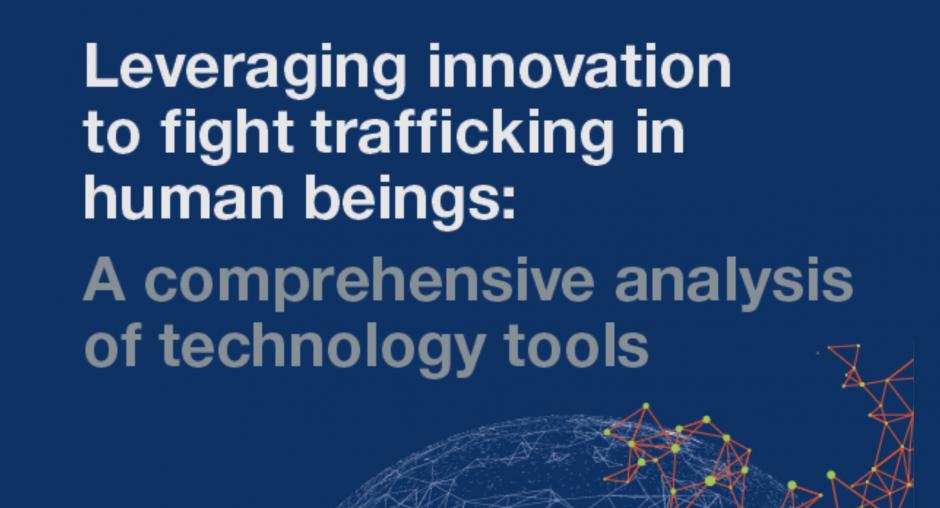OSCE today launched ground-breaking study analyzing more than 300 anti-trafficking tech tools

Vienna, 24 June 2020 - The Organization for Security and Co-operation in Europe (OSCE) and Tech Against Trafficking TAT), a coalition of international technology companies, today hosted an online event to launch ground-breaking research on how technology is being used to prevent and combat trafficking in human beings.
"Leveraging innovation to fight trafficking in human beings: a comprehensive analysis of technology tools" examines the ways in which technology is misused to facilitate trafficking, how more than 300 hundreds tech tools have been used to deal with the problem, and how governments, civil society, and the private sector can use tech strategically to combat trafficking right now.
The intersection of technology and trafficking in human beings is one of the defining topics of the global conversation on efforts to end human trafficking. It is estimated that globally, there are about 25 million victims of human trafficking. Increasingly, these victims are exploited online. Traffickers are widely misusing technology to advance their criminal activities. Yet technology can also be used to support prevention, prosecution, and protection of victims.
"Today, we have heard clearly about the crucial importance of addressing the double-edged sword that technology represents for human trafficking. Indeed, the future success of countries in eradicating human trafficking will depend on how they are prepared for and equipped to harness technology to fight this crime", said Valiant Richey, the OSCE Special Representative and Co-ordinator for Combating Trafficking in Human Beings (SR/CTHB).
The paper
The OSR/CTHB-TAT publication identifies and analyses more than 300 technology initiatives, their developers, audiences and uses, and addresses ethical considerations, data protection issues, and the need to respect rights in the use of technology.
A strong emphasis is placed on fighting human trafficking through market-based interventions, data aggregation and analysis tools, which can identify significant trends in the trafficking marketplaces.
The research also highlights tools that can be useful in fighting THB for labor exploitation in global supply chains, including using block-chain technology and surveying workers in supply chains. These tools are designed to scale up responses and could be used to support prevention of trafficking on a worldwide scale.
According to Thi Hoang, Analyst at the Global Initiative Against Transnational Organized Crime (GI-TOC), the landscape analysis yields relevant recommendations for the public and private sectors: "The tech industry must initiate and develop solutions which take into account the target users' internet and digital capacities, as well as their regions' technological infrastructure. They should also prioritize tools that help with victim case management and support – the tool type currently underrepresented according to our analysis. Further, to avoid duplication of efforts, it is recommended that these anti-trafficking tools are made open source and/or shared and exchanged with other stakeholders in the field."
The paper also provides a set of general recommendations for all actors involved in the use of technology to combat trafficking and a more specific set of recommendations for governments, including establishing or strengthening partnerships with tech companies to invest in research and development.
